5 big osteoporosis myths : Are you also living with these misconceptions?
Osteoporosis is a serious health problem, but many misconceptions and misconceptions are prevalent about it. Due to these myths, people often do not recognize its symptoms or do not take it seriously, which can worsen the condition. Let’s dispel these common myths related to osteoporosis and understand their truth, so that you can take better care of your bone health.
Myth 1: Osteoporosis only happens to older women.
Truth: This is one of the most common and dangerous myths about disease.
More common in women, but men also get it: It is true that postmenopausal women are at higher risk of osteoporosis due to hormonal changes (lack of estrogen). It is estimated that one in every four women over the age of 50 in India is affected by disease.
Affects men too: However, it can affect men too, especially older men. Lifestyle, certain medications (such as long-term use of steroids), and certain medical conditions can reduce bone density in men as well. Osteoporosis cases are on the rise in men in India too.
Young people can be affected too: In rare cases, young adults and children can also suffer from osteoporosis, called secondary osteoporosis or juvenile osteoporosis, which is caused by an underlying disease or medication.
Myth 2: There are no symptoms of osteoporosis until a bone breaks.
Fact: this disease is often called a “silent disease” because there are often no obvious symptoms in its early stages. However, there may be some subtle signs:
Loss of height: Small fractures in the spine (called vertebral compression fractures) can cause a person to lose height and have a bent back (called a hunchback or “dowager’s hump”).
Back pain: Compression fractures in the spine can cause chronic back pain, which people often accept as a normal part of aging.
Easy to fracture: The most obvious symptom is when a bone breaks even with a minor injury or fall, such as a fracture of the wrist, hip or spine.
Weak fingernails: Although this is not always a sign of a bone problem, in some cases it may be associated with calcium deficiency and possible osteoporosis.
Regular screening and awareness of risk factors are important.
Myth 3: If you have osteoporosis, you should avoid physical activity to avoid breaking bones.
Truth: This is a dangerous misconception that can make the condition worse.
Regular exercise is essential: In fact, regular, appropriate exercise helps strengthen bones and maintain bone density. It also strengthens muscles, improves balance, and reduces the risk of falls.
Weight-bearing exercises: Walking, jogging, dancing, climbing stairs, and weight lifting (with light weights) stimulate bones and increase their strength.
Balance and flexibility exercises: Exercises such as yoga and tai chi improve balance and flexibility, reducing the likelihood of falls.
Expert advice: However, if you have osteoporosis, it is important to consult your doctor or physiotherapist before starting any exercise program, so they can prescribe safe and effective exercises.
Myth 4: If you are young, you don’t need to worry about osteoporosis.
Fact: Bone health lasts a lifetime. Our bones are strongest and densest during puberty (20-30 years of age).
Building bone mass: Your youth is the most important time to build bone mass. If you don’t consume enough calcium and vitamin D and exercise enough during this time, you won’t be able to build a strong foundation for your bones.
Future risk: Entering adulthood with weak bone mass increases the risk of developing osteoporosis in the future, especially when the natural loss of bones begins with aging.
Lifestyle influences: Smoking, excessive alcohol consumption, poor diet, and sedentary lifestyle can weaken bones even in youth.
So, it is extremely important to pay attention to bone health from youth itself.
Myth 5: If you have osteoporosis, there is nothing that can be done about it.
Truth: This is a pessimistic and false belief. Osteoporosis is a manageable disease and a lot can be done to slow its progression and reduce the risk of fractures.
Lifestyle changes: A diet rich in calcium and vitamin D,


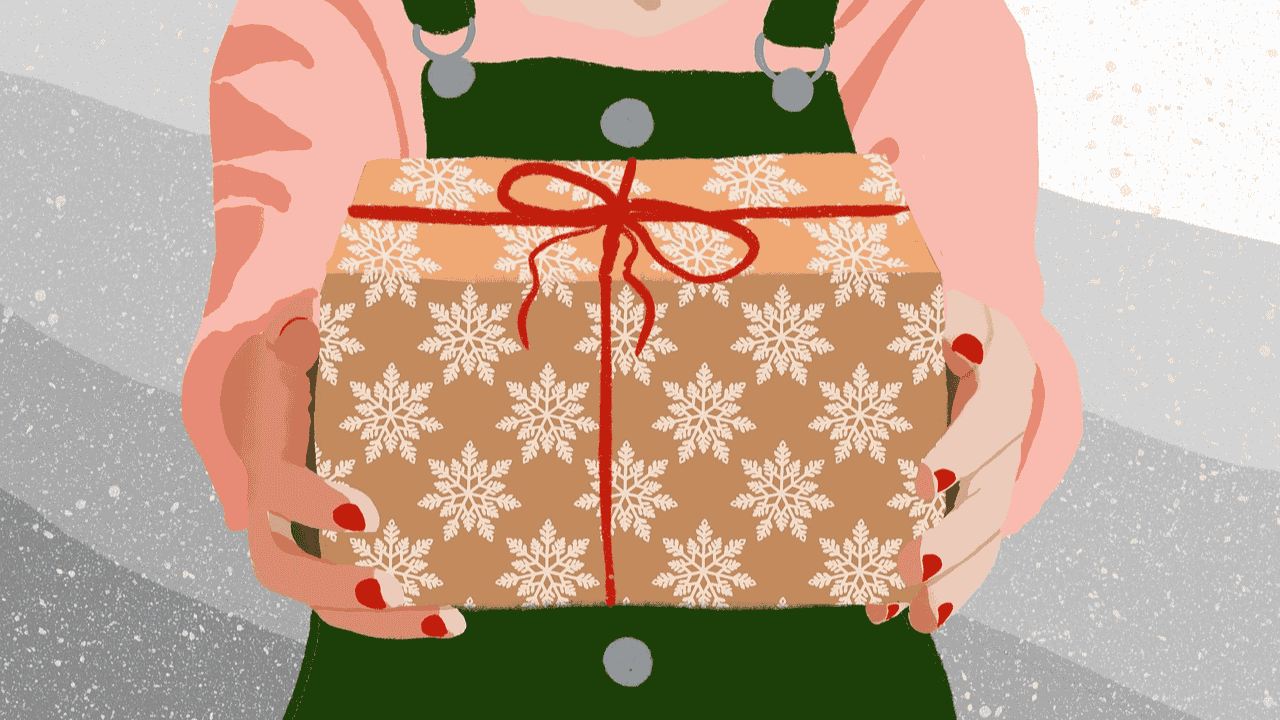




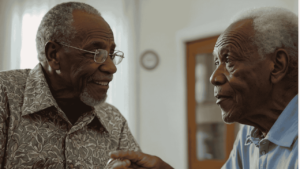
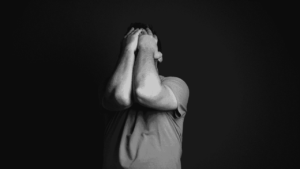
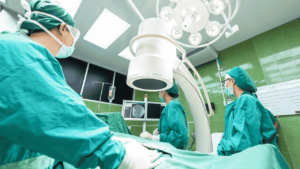

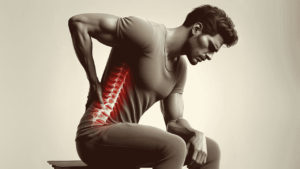
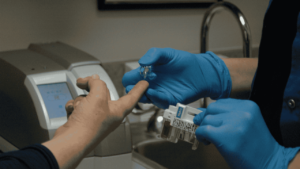
Post Comment